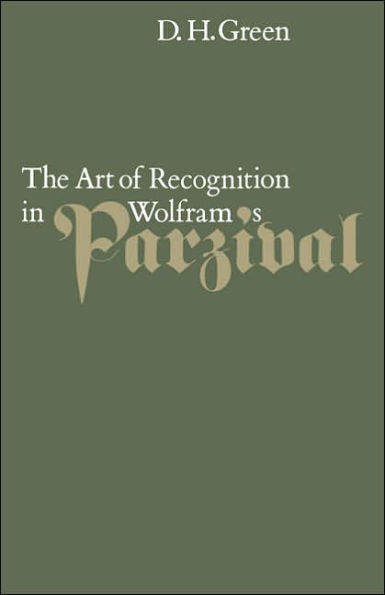The Art of Recognition in Wolfram's 'Parzival'
Although much work has recently been done on the relationship between poet, narrator and audience in medieval literature, no sustained attempt has yet been made to inquire into the ways in which the listener's responses are rhetorically controlled and guided in the case of the Parzival of Wolfram von Eschenbach. This book attempts such an inquiry by combining five approaches which have so far been used only separately or partially: the narrator's use of a point of view technique, a specific problem concerning the medieval technique, a specific problem concerning the medieval reception of his work, a procedure best described as 'revealing while concealing', the technique used in naming characters, and the theme of recognition in Parzival. These approaches are combined and applied in detail to the narrative sequence of Wolfram's romance. Although the narratives dealing with Gahmuret, Parzival and Gawan are all dealt with, the lion's share falls to Parzival as the hero of the work (whereby special importance is attached to his crucial dialogue with the hermit Trevrizent in Book IX), but due regard is also paid to Gawan as a means of highlighting the special position of the hero. The discussion throughout is organised around the various encounters in the work in which recognition or non-recognition plays a part.
1116876349
The Art of Recognition in Wolfram's 'Parzival'
Although much work has recently been done on the relationship between poet, narrator and audience in medieval literature, no sustained attempt has yet been made to inquire into the ways in which the listener's responses are rhetorically controlled and guided in the case of the Parzival of Wolfram von Eschenbach. This book attempts such an inquiry by combining five approaches which have so far been used only separately or partially: the narrator's use of a point of view technique, a specific problem concerning the medieval technique, a specific problem concerning the medieval reception of his work, a procedure best described as 'revealing while concealing', the technique used in naming characters, and the theme of recognition in Parzival. These approaches are combined and applied in detail to the narrative sequence of Wolfram's romance. Although the narratives dealing with Gahmuret, Parzival and Gawan are all dealt with, the lion's share falls to Parzival as the hero of the work (whereby special importance is attached to his crucial dialogue with the hermit Trevrizent in Book IX), but due regard is also paid to Gawan as a means of highlighting the special position of the hero. The discussion throughout is organised around the various encounters in the work in which recognition or non-recognition plays a part.
46.99
In Stock
5
1

The Art of Recognition in Wolfram's 'Parzival'
368
The Art of Recognition in Wolfram's 'Parzival'
368Paperback(Revised ed.)
$46.99
46.99
In Stock

Product Details
| ISBN-13: | 9780521020749 |
|---|---|
| Publisher: | Cambridge University Press |
| Publication date: | 10/06/2005 |
| Edition description: | Revised ed. |
| Pages: | 368 |
| Product dimensions: | 5.51(w) x 8.54(h) x 0.83(d) |
From the B&N Reads Blog
